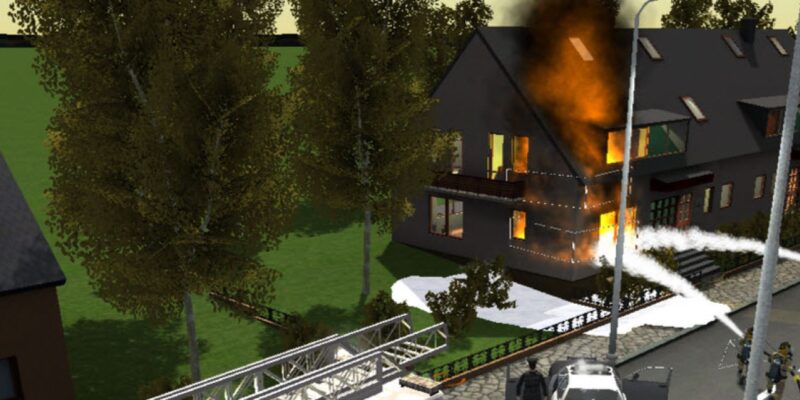


August, 2014
London, Ontario - The City of London needed to assess their procedural and communication gaps between tri-service processes (police fire, EMS). They also required evaluation and training on:a recently implemented radio communication plan, and incident command structure processes.
“The City of London is focused on improving our security and emergency services. To best prepare for potential dangerous situations, we simulate events to make sure our incident command processes, radio protocol and communications are proficient. The time to test is not the day of the event. With XVR we can run our commanders through a series of serious escalating events, so when the unforeseen happens, we will be ready. It’s one thing to debrief after a major incident and improve, it’s another thing to simulate those events in the classroom and be ready for the worst.” – Dave O’Brien, City of London

XVR is a single or multi-agency 3D virtual reality training tool for command, control, and communication skills training. In XVR, an instructor can use an extensive library of interactive 3D objects to create virtual reality threat and incident scenarios.
The City of London participated in a special introductory offer to acquire XVR for 12 months. They had access from 4 computers to test how 3D simulation could assist them in achieving their goals. On January 30th 2014, FutureShield, with the support of Drivewise, started implementation and training of XVR for the City of London. Their package included a 1 day training program. This introductory program is typically sufficient to get first responders comfortable with building scenarios to use within XVR for their individual services, and turn their regular table top exercises into 3-D virtual reality training.
“Using XVR, we were able to gain situational awareness based on radio transmissions received both in relation to our own agencies, and with others. This allows for further unified evaluation of the event through direct communication, which is one of our primary goals. We are calling this our 100 level course and plan to develop higher level courses that will include more agencies and more complex scenarios!” – Dave O’Brien, City of London
After one day of training it was clear that the City of London wasn’t planning just a typical single-agency implementation, and the typical one day training was not going to be enough. They wanted true multi-agency simulations that could be used at the most senior levels of the forces. They wanted true skills training, assessment, evaluation and development for their equipment, people, and processes.
We returned for a second day to work on advanced concepts, and assisted the City of London as they developed their ideas on how to use XVR specific to their needs. They were able to gather input from the various services to have full participation in discussion, and agreement, on how to move forward.
“FutureShield advocates for the use of software technology to improve security and emergency management because we have seen how effective it can be. Working with the City of London I was inspired by what these responders could learn to do with a keyboard and joystick. Their enthusiasm to help keep the public and their services safe and secure, was obvious by their engagement as they learned to use this new software system. I knew by our third day together that this was going to be a very exciting project.” – Cynthia Weeden, FutureShield
The extended time also offered an opportunity for Lesley, from Drivewise, to share her insight on how to best use the XVR software on the basis of her past experience as an air traffic controller for the military; and experience in training and simulation.
On March 3, 2014, the team came together at the Drivewise training centre in Barrie, Ontario. The chosen trainers and facilitators from London Fire, Police, and EMS all were present to learn the most advanced features of 3D virtual reality scenario building and serious gaming, while also having the chance to use the scenarios they recently designed and built in XVR.
By the beginning of May, and without further assistance from FutureShield or Drivewise, the City of London planned their next steps. They decided to put the Police Superintendent, Deputy Fire Chief, and Deputy EMS Chief through their paces in a simulated environment to see if XVR could truly achieve their goals. They would be using a scenario their own trained responders (instructors and facilitators) had built in XVR.
Download - City of London XVR FutureShield Case Study .pdf
www.9-1-1magazine.com - City of London (Ontario) trains with 3D virtual reality software XVR (Aug. 28 2014)
Return To The Press Room